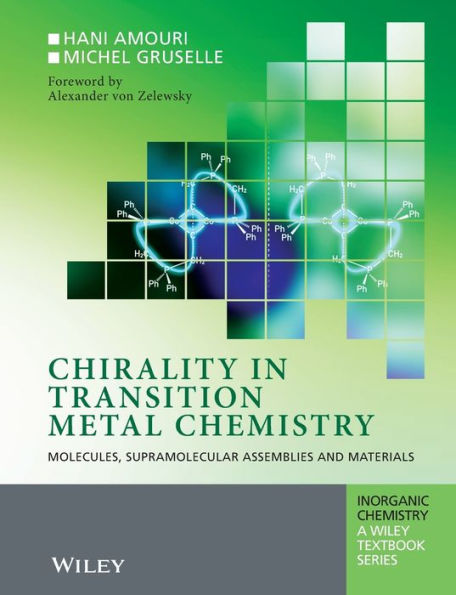5
1
9780470060544


Chirality in Transition Metal Chemistry: Molecules, Supramolecular Assemblies and Materials / Edition 1 available in Paperback

Chirality in Transition Metal Chemistry: Molecules, Supramolecular Assemblies and Materials / Edition 1
- ISBN-10:
- 0470060549
- ISBN-13:
- 9780470060544
- Pub. Date:
- 01/07/2009
- Publisher:
- Wiley
80.95
In Stock

Product Details
| ISBN-13: | 9780470060544 |
|---|---|
| Publisher: | Wiley |
| Publication date: | 01/07/2009 |
| Series: | Inorganic Chemistry: A Textbook Series |
| Pages: | 272 |
| Product dimensions: | 7.40(w) x 9.60(h) x 0.70(d) |
About the Author
What People are Saying About This
From the B&N Reads Blog
